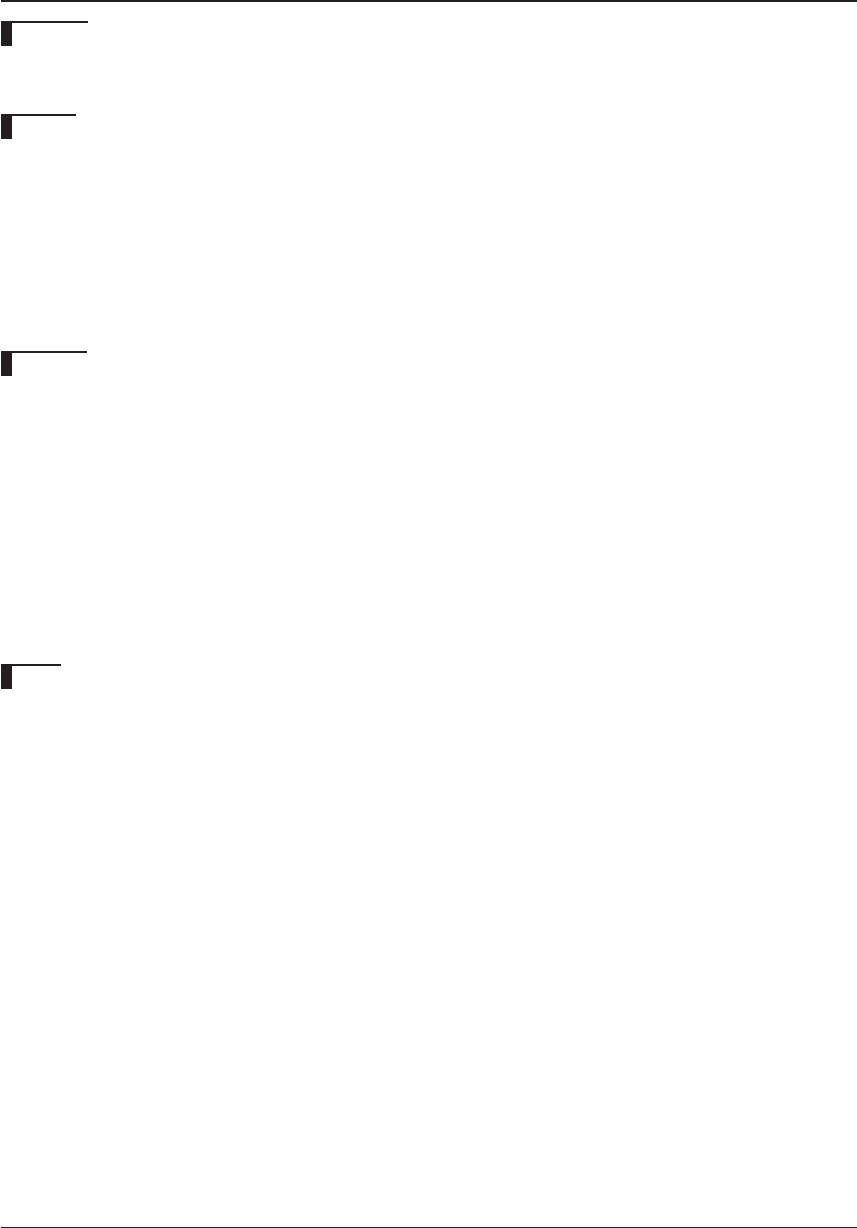
156 EPSON S5U1C62000A MANUAL
(S1C60/62 FAMILY ASSEMBLER PACKAGE)
CHAPTER 9: DEBUGGER
9.9.3 Program Memory Operation
as (assemble mnemonic)
Function
This command assembles the input mnemonic and rewrites the corresponding code to the program
memory at the specified address.
Format
>as↵ (guidance mode)
Start address ? : <address>↵
Address Original code Original mnemonic
: <mnemonic>↵
..........
>
<address>: Start address from which to write code; hexadecimal or symbol (IEEE-695 format only)
<mnemonic>: Input mnemonic; valid mnemonic of S1C62 (expression and symbols are supported)
Condition: 0 ≤ address ≤ last program memory address
Example
>as↵
Start address ? 100↵ ... Address is input.
0100 e0f LD A, 0xf : LD A,0xF↵ ... Mnemonic is input.
Source file name (enter to ignore) : ↵ ... Ignored ∗
0101 fe0 LD SPH, A : LD B,0xA↵
Source file name (enter to ignore) : ↵
0102 e00 LD A, 0x0 : q↵ ... Command is terminated.
>
∗ Source file name should be entered when a symbol/label is used as the operand. Specify the source
file name in which the symbol was defined.
0100 e0f LD A, 0xf : JP LOOP↵ ... Symbol is used.
Source file name (enter to ignore) : main.s↵ ... Source file name is input.
Notes
• The start address you specified must be within the range of the program memory area available with
each microcomputer model.
An error results if the input one is not a hexadecimal number or not a valid symbol.
Error : invalid value.
An error results if the limit is exceeded.
Error : Program address out of range.
•An error results if the input mnemonic is invalid for S1C62.
Error : illegal mnemonic.
• In guidance mode, the following keyboard inputs have special meaning:
"q↵"… Command is terminated. (finish inputting and start execution)
"^↵"… Return to previous address.
"↵"… Input is skipped. (keep current value)
If the maximum address of program memory is reached and gets a valid input other than "^↵", the
command is terminated.


















